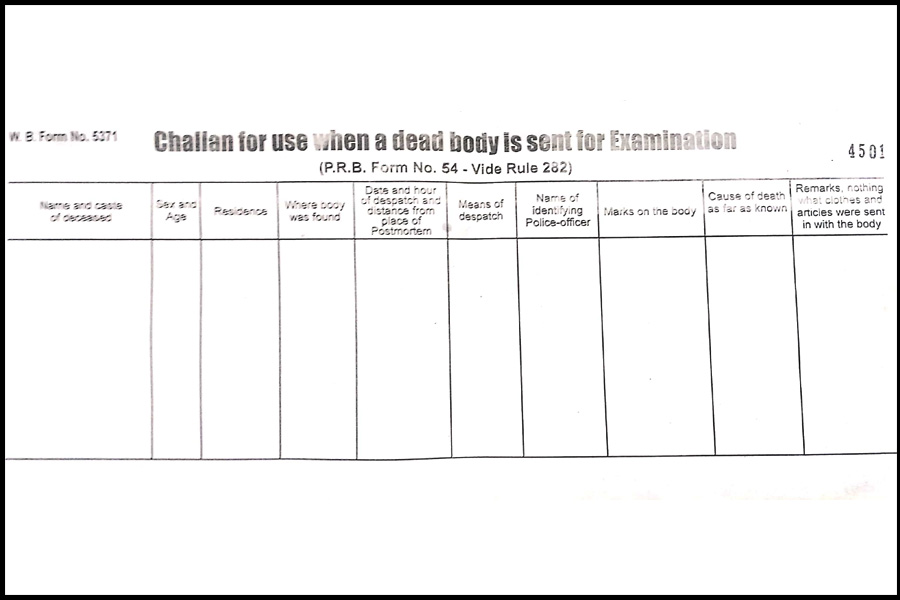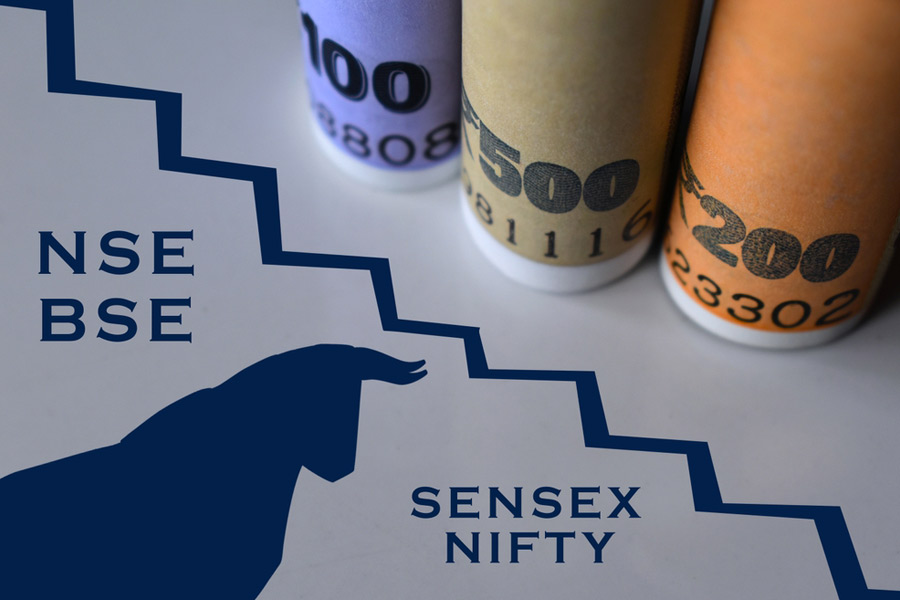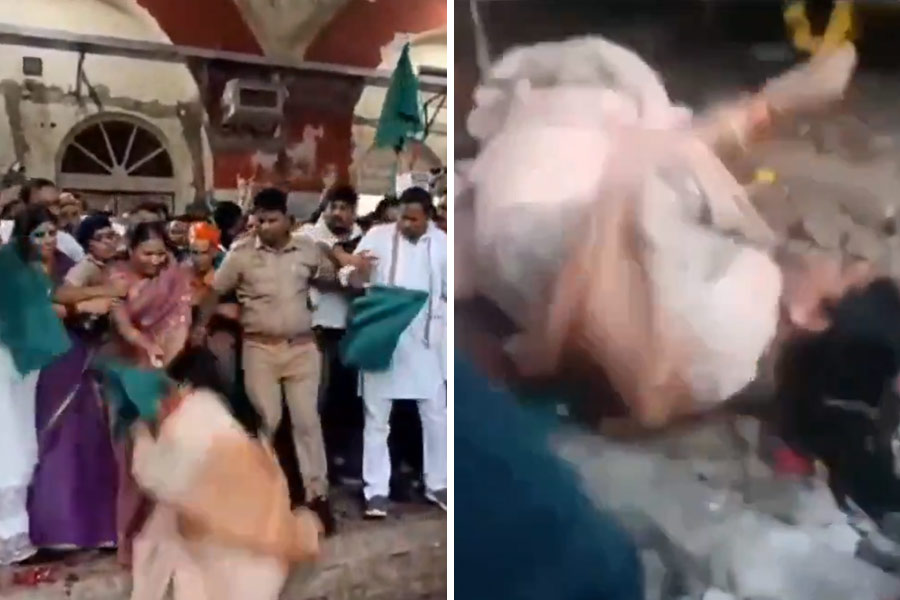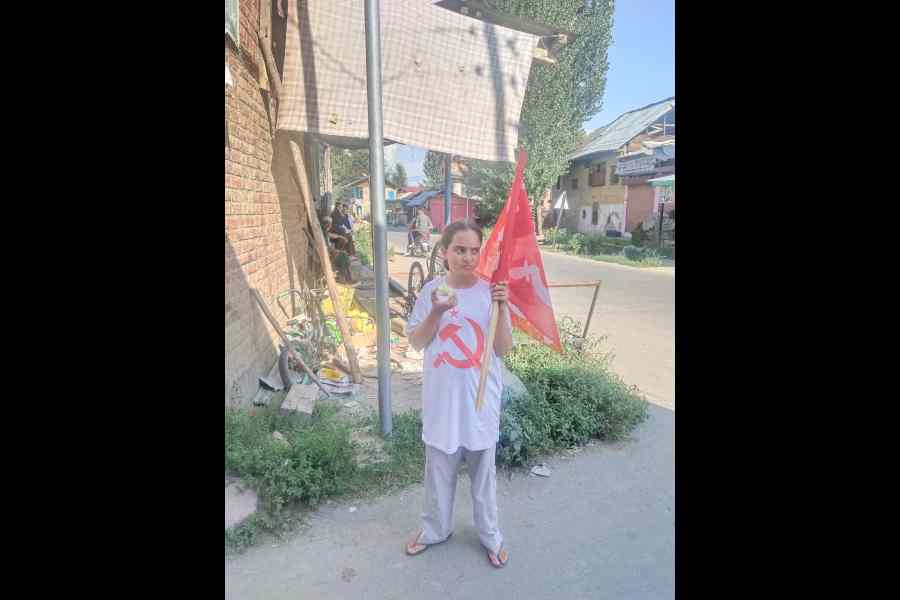The state of Bengal failed to produce a document related to the rape and murder of the 31-year-old postgraduate trainee at the RG Kar Medical College before the Supreme Court three-member bench led by the Chief Justice of India DY Chandrachud during Monday’s hearing.
The WB Form No. 5371 PRB form 54 is a challan used when a dead body is sent for examination.
“It is submitted by one of the petitioners that the form was produced before the high court (Calcutta) in course of hearings. The form is unavailable with Kapil Sibal and Astha Sharma [counsel for the West Bengal government]. A copy of the form duly filled in should be produced before the court in the proceeding,” CJI Chandrachurd said later.
The Kolkata Police and the battery of lawyers representing the state have already drawn severe criticism from the apex court for its failure to establish a clear timeline of the rape and murder which was discovered a month ago.
“Look at the post-mortem report, the constable is supposed to carry this challan. There is no reference of the challan used, you need to explain. Tomorrow if this document is missing you will have to explain why this happened,” Justice J.B. Pardiwala orally observed during Monday’s hearing.
The form has separate columns for the name and caste of deceased, gender and age, residence, the place where the body was found, the date and time when the body was dispatched along with the distance from the scene of crime to the morgue where the post-mortem would be carried out, how the body was transported along with the officer accompanying the body, marks on the body, the prima facie cause of death and what clothes and articles were sent along with the body.
Lawyer Phiroze Edulji, who had raised the issue of the “missing” form before the three-member bench, claimed that he had seen the challan when the case came up for hearing before the Calcutta high court.
“Without the challan the doctor cannot perform the post mortem,” Edulji said before the three-member bench.
“That is where the mystery lies. Between 2.30 pm and 11.30 in the night only 10 general diary entries [at the Tala police station]. Is it manufactured?” asked Edulji. “Who is the videographer [of the post mortem]? Where did he come from? Was it in rewritable or non-rewritable CDs?”
Edulji also alleged swabs from the victim’s body were not preserved at the required temperature.
During this point, the solicitor general Tushar Mehta said that the possibility of the challan being created subsequently should not be ruled out.
Sibal, appearing on behalf of the Bengal government, shot back that nothing had been added subsequently, as he sought more time to produce the challan on record.
“I’m told the chief judicial magistrate came and filled it himself. There was no separate form,” Sibal informed the court.
To CJI Chandrachud’s question whether the post-mortem was conducted without filling the form, Sibal replied that he didn’t have that information.
“Ms Sharma [another counsel for the state government] where is the challan when dead body is sent for post mortem? This form also has a column with remarks, what clothes and other things seized [from the scene of crime] were sent to the doctors who conducted the post-mortem,” explained CJI Chandrachud. “Because when the body is dispatched for the post mortem, only the doctors doing the inquest would look at it. Where is that filled out challan for the dead body? Let the CBI give it to us.”
Solicitor General Mehta said the document had not been handed over to the central probe agency along with the case diary. The CBI has only received footage for 27 minutes from during the day of the incident, Mehta also said.
The dispute over the timeline of the case, specially the 14-hour gap since the body was found on the morning of August 9 and 11.45 pm when the FIR was lodged after the body was cremated, was also discussed again.
Edulji pointed out in case of rape and murder, post-mortem cannot be conducted after sunset. In this case, the post mortem was carried out between 6.10 pm to 7.10 pm.
The new protocol for post mortem issued by the Union Home ministry in November 2021 allowed autopsies to be carried out after sunset depending on the “fitness and adequacy of infrastructure” which includes lighting and videography.
The Home ministry also stated that cases of homicide, suicide, rape, decomposed bodies, suspected foul play should not be subjected to post-mortem conducted in the night unless there is a law and order situation.
The victim’s family has claimed that they wanted to preserve the body but the Kolkata Police and the RG Kar Medical College and Hospital authorities rushed with the post-mortem and cremation.
Edulji stoked another controversy that the Kolkata Police had debunked as social media misinformation. He asked if X-rays were done on the victim’s body to determine if any bones were broke,
“Was an x-ray conducted? Were the X-ray plates handed over to the CBI?” asked Edulji. “Compare the post-mortem report with the unnatural death case when it was started. Were the clothes [found on or near the victim] produced before the doctor performing the post mortem? These have to be sealed and handed over to the investigation officer.”










